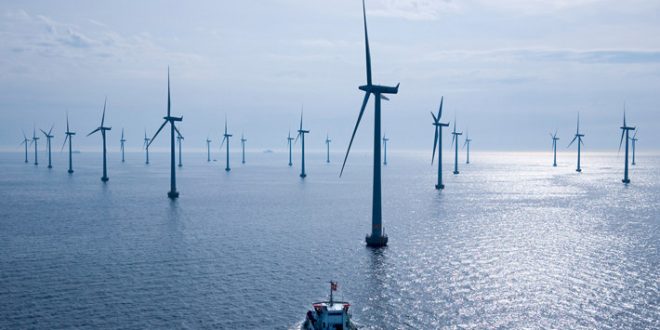The US, Canada and Mexico joined Germany in releasing strategies for radically cutting their greenhouse gas emissions by mid century at UN talks in Marrakech this week.
“By releasing their mid-century strategies, these countries are adding to the global momentum behind the shift to a zero-carbon future. Countries that do not take a long view risk being left behind,” said Taryn Fransen, Director of the Open Climate Network at the World Resources Institute.
These announcements come as U.S. Secretary of State John Kerry found himself in Marrakesh answering questions of what or may not happen once Donald Trump becomes the country’s president. While much of the world may have a sense of anxiety over what could happen to global cooperation on climate change during a Trump presidency, many analysts argue that such momentum is already underway as much of the world’s private sector is already on board the decarbonization train.
The Obama Administration is still moving on climate change as if nothing had happened. Coinciding with COP22, the White House released a highly detailed plan to the United Nations explaining how the the U.S. can achieve “deep decarbonization” by 2050.
But if the U.S. is going to come near to meeting those goals, the time to start was yesterday. The U.S. targets include slashing emissions in 2050 to 80 percent below 2005 levels. Such a reduction would be the equivalent of eliminating all cars from U.S. roads overnight.
The nation’s energy mix in 34 years would include several scenarios: zero coal consumption; petroleum use limited to approximately 25 percent of 2005 levels; a huge spike in electricity generation from clean technologies such as solar and wind power; and the increased adoption of biofuels. Meanwhile the country would expand its forest cover by as much as 40 to 50 million acres, with an increased focus on preserving and rehabilitating ecosystems such as wetlands.
But it is hard to predict the future, as knowing what technologies can scale, as opposed to what will eventually languish, are unknown. On that point, the U.S. decarbonization report has emphasized research and innovation for technologies that could help the U.S. meet such a massive challenge.
One technology envisioned for a 2050 low-carbon economy is bio-energy with carbon capture and storage, or BECCS, which combines the production of biomass with geologic carbon sequestration. Such a process would involve raising rapidly growing trees or plants such as switchgrass for biofuels, storing that carbon somewhere nearby underground – and then repeating that process again and again. The result, if scaled, would be a technology that its advocates say could actually generate negative emissions.
But If all this sounds like a pipe dream, that is because at the moment BECCS is a pipe dream. Critics say there are risks associated with impinging on arable land, a possible impact on wildlife and the use of aquifers to store these carbon emissions that otherwise could otherwise be restored to secure the world’s water supplies. The White House decarbonization report, however, says its 2050 low-carbon scenario is not depending on BECCS or any other next-generation technology.
Nevertheless, this 2050 plan is a bold step forward for the Obama Administration as it enters its last several weeks. The report is far more aggressive than the Clean Power Plan, which aims to achieve as much as a 28 percent reduction greenhouse gas emissions over the next decade. Many are questioning if any of these plans matter at all, however. In addition to the COP21 treaty, the Clean Power Plan is also in Trump’s crosshairs as he has promised to eliminate these policies and similar agendas enacted during the Obama era.
For those who take climate science seriously, Trump’s reversal of these priorities creates plenty of angst. But considering all the innovation that has emerged the past several years, and the fact that renewables have become cost competitive with fossil fuels, a Trump administration may only slow progress instead of slamming on the breaks. Of course, the long term implications of not moving fast enough to reduce climate change risks offer a scenario that has many citizens concerned about the next U.S. President in the first place.
Agencies/Canadajournal
 Canada Journal – News of the World Articles and videos to bring you the biggest Canadian news stories from across the country every day
Canada Journal – News of the World Articles and videos to bring you the biggest Canadian news stories from across the country every day



